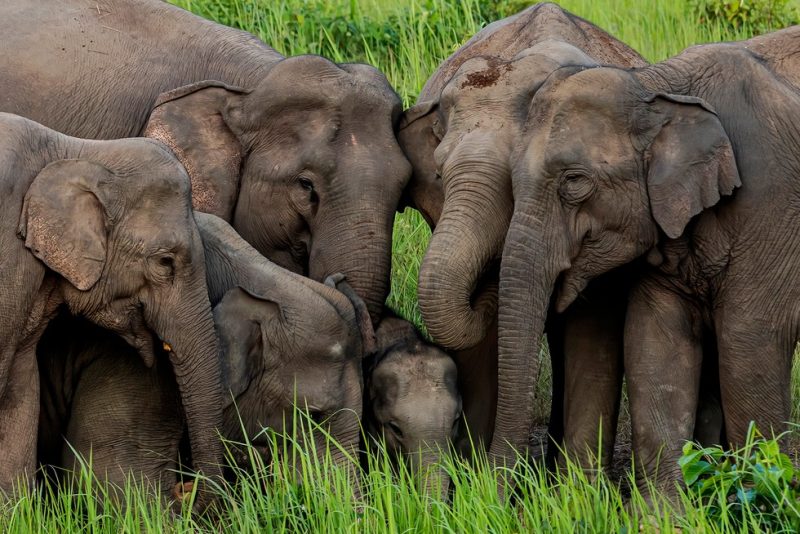According to a report on Asian Elephant population and demography 2023, the state of Karnataka has witnessed a remarkable increase in elephant population. The number of elephants in Karnataka has surged from an estimated 6,049 in 2017 to an impressive 6,395, making it the highest elephant-populated region in the country. The report was introduced ahead of the approaching World Elephant Day on August 12, with the aim of raising awareness about the critical need to conserve and safeguard these animals.
Collaborative Census Effort
This census, carried out from May 17 to 19, saw the collaborative efforts of neighboring states including Kerala, Tamil Nadu, Andhra Pradesh, Maharashtra, and Goa. The aim of this census was to gain a comprehensive understanding of the elephant population and their distribution across the region.
A History of Fluctuations
| Year | Elephant Population |
|---|---|
| 2010 | 5,740 |
| 2012 | 6,072 |
| 2017 | 6,049 |
| 2023 | 6,395 (+346) |
| Cumulative Rise since 2010 | +655 |
The elephant population in Karnataka has experienced fluctuations over the past few years. In 2010, there were 5,740 elephants in the state, which increased to 6,072 in 2012. However, this positive trend took a slight downturn, with the numbers decreasing to 6,049 in 2017. The recent report, however, brings encouraging news with a notable increase of 346 elephants. This achievement marks a cumulative rise of 655 elephants in the state since 2010.
Distribution and Density
- The synchronized census covered 23 forest divisions within Karnataka, offering valuable insights into the distribution and density of the elephant population.
- The report reveals that the state boasts an average elephant density of 0.34 per square kilometer.
- Notably, the Bandipur Tiger Reserve takes the lead in elephant density, housing 1,116 elephants with a density of 0.96 per square kilometer.
- The Nagarahole Tiger Reserve closely follows with 831 elephants and a density of 0.93.
- The (Biligiri Rangaswamy Temple) BRT Tiger Reserve, home to 619 elephants, maintains a density of 0.69, while the MM Hills Wildlife Sanctuary houses 706 elephants but has a lower density of 0.60.
- These variations in density highlight the diverse habitats that support Karnataka’s growing elephant population.
Expert Involvement and Census Scope
The elephant population estimation exercise was conducted with the technical expertise of Prof. R. Sukumar from the prestigious Indian Institute of Science, Bengaluru. This exercise brought together more than 3,400 personnel across the state. Their concerted efforts were crucial in ensuring the accuracy and reliability of the population estimates.
Key Points for Competitive Examinations
- Karnataka’s Minister for Forests, Ecology, and Environment: Eshwar Khandre





 Which City is known as the City of Bambo...
Which City is known as the City of Bambo...
 Who was the First Prime Minister of Indi...
Who was the First Prime Minister of Indi...







